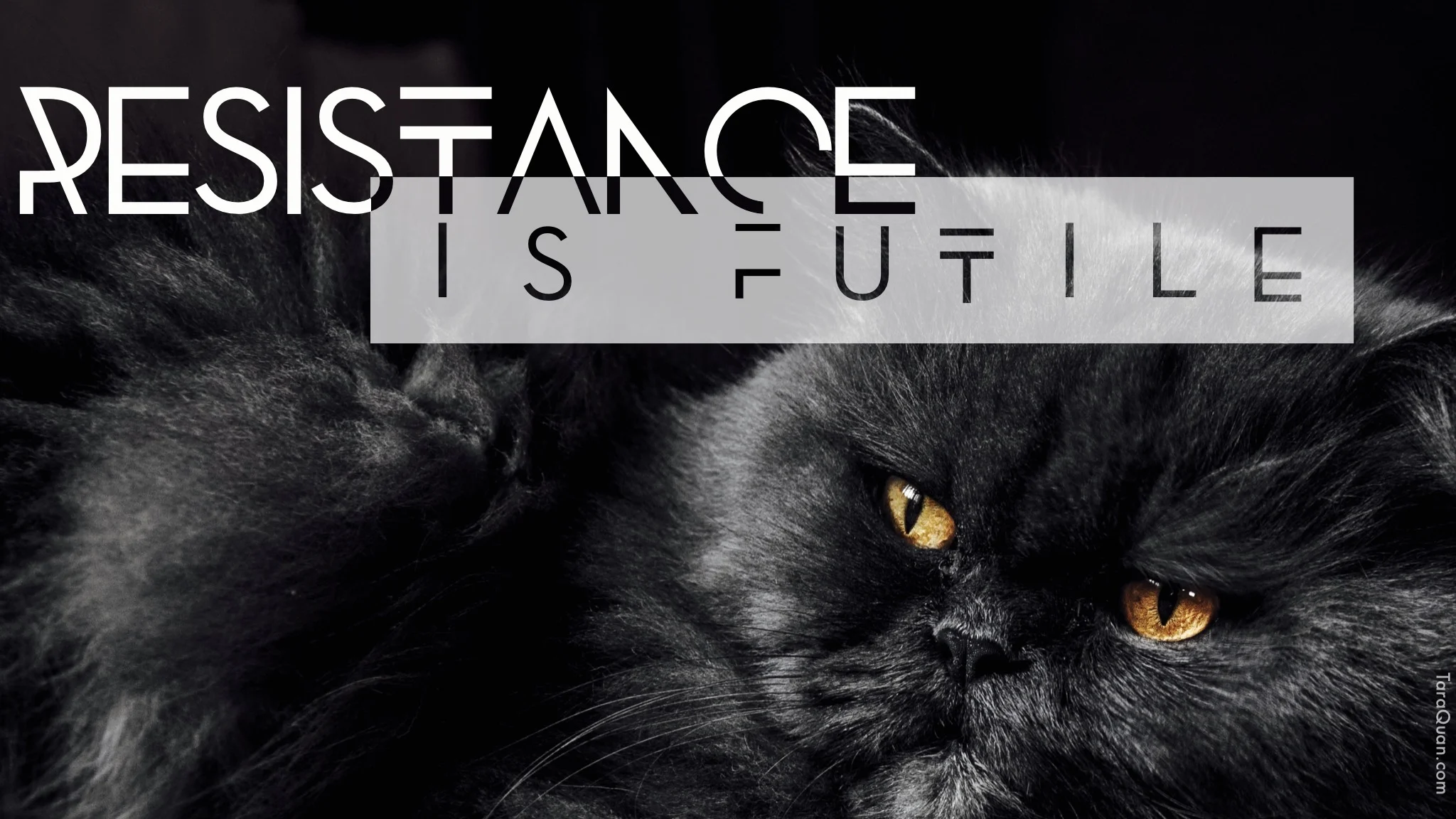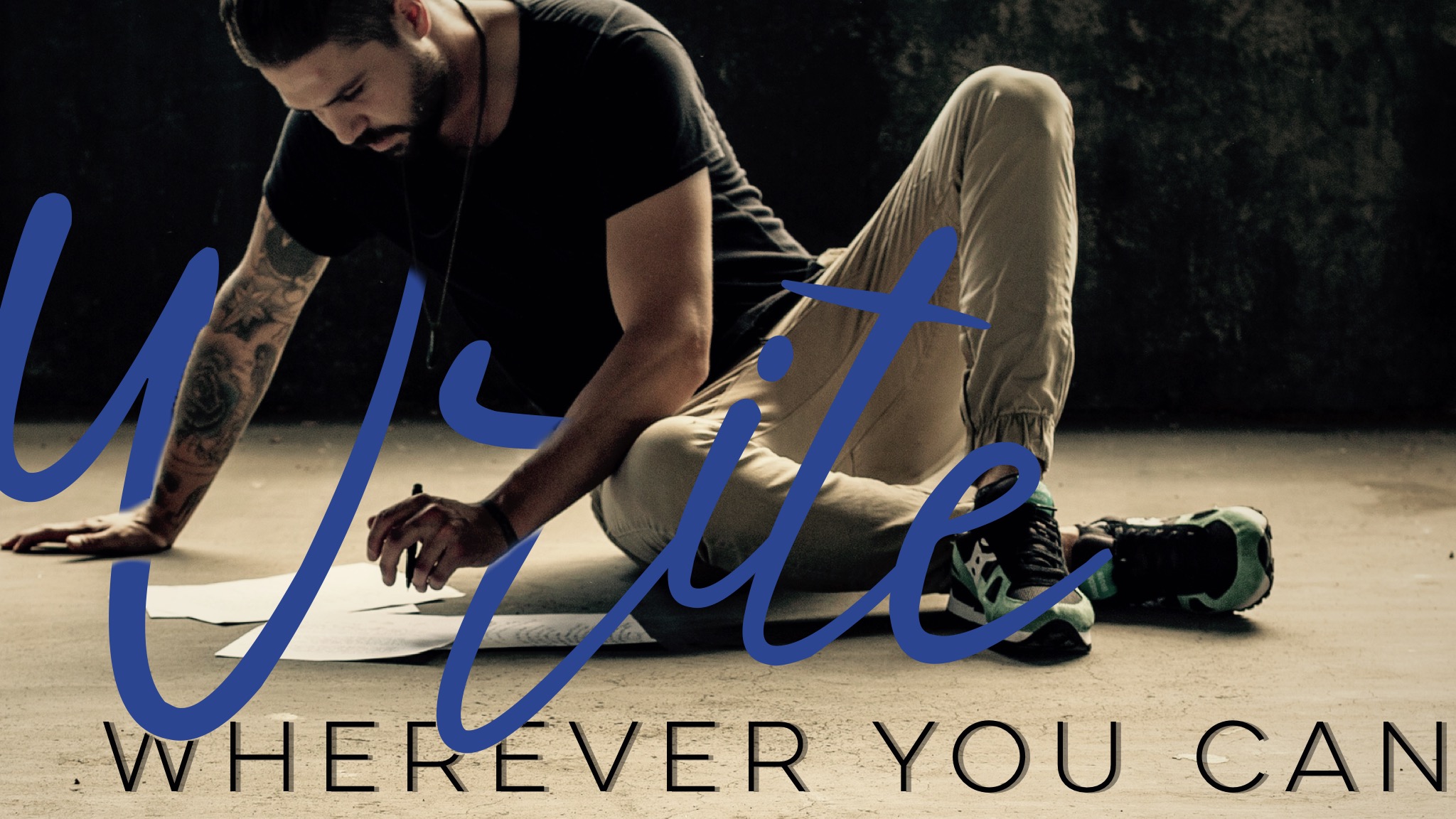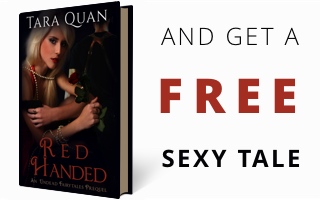Techie Writer Reviews - 5 Reasons I Love the BookBook for iPhone 5
/You've probably noticed I'm a tad critical on Techie Writer Reviews even though I only write about things I use on a regular basis. What can I say? I had one of those "You got a 97%? What stopped you from getting a 100%?"-type families. Which brings me to TwelveSouth's BookBook for iPhone 5 case. I honest to goodness only have one criticism (and said complaint is partially user error). I have small hands, and not particularly strong hands, so I haven't been able to comfortably fold back the case when I want to hold the phone against my ear. This leads to somewhat comical incidents of me appearing to the world as if I'm holding an open book up to the side of my face and talking to myself. Since I don't use my iPhone much as a phone, this minor gripe is one I can overlook. Now let's get on to the 5 reasons I love this iPhone case.
1. It looks like an old book (aka extremely cool):
The number of times random strangers have asked about this case is remarkable. I've gotten everything from "Why are you walking around with a Bible?" to "Is that an iPhone case? OMG, it looks just like a book!" As you already know, some authors crave constant affirmation of their merits (myself included), even when it's a simple comment about their taste.
2. It doubles as my wallet:
As you can see, the BookBook contains just enough space for my credit cards, ATM card, ID, and a folded $20 bill. While I still possess a purse (vintage Coach, in case you're curious), this case guarantees I can walk out of my apartment after grabbing exactly 2 items–my keys and my phone. Said items fit perfectly into the pocket of my coat (but, unfortunately, not my jeans), and having my phone and wallet in a single package means I have one less thing to lose. The downside of this, of course, is the panic attack that accompanies the realization that I might have left my phone somewhere.
3. Unimpeded access to the things that matter most:
I used to not like phone cases because of the increased difficulty when it came to (a) turning on my phone (b) charging my phone (c) putting my phone on silent and (d) using the camera. The BookBook leaves all the above parts open and easily accessible. This "lack of protection" might be a turn-off for some users ("But what if my phone gets wet?"), but I consider it good design. I just need the case to provide some added protection, not save the phone from a 10 story fall into a swimming pool (they sell insurance for that).
4. The (very durable) case looks better with age:
I have owned this phone for eight months. In that time, the phone has never left its case. If my husband is to be believed, I'm a certifiable phone addict. I use my phone constantly. I probably open and shut that case at least twenty times a day, and I don't do so in a particularly gentle manner. While the spine shows some wear, the leather itself is still solid, so much so that I can say with certainty the case will last at least as long as the phone. Because it's made to look like an old book to begin with, the more I use the case, the better it appears. There aren't many consumer products on the market that improve with age.
5. It matches my Macbook Air case:
To be honest, I bought my Macbook case after I bought the phone case. Nonetheless, the (slightly OCD) girl in me appreciates being able to coordinate tech accessories. After all, as a writer, I use both my laptop and my phone a lot more than I use purses or shoes.














































